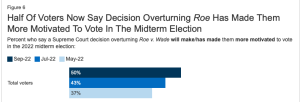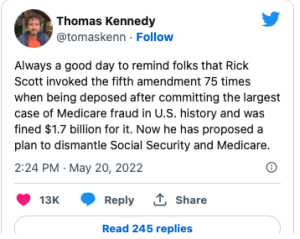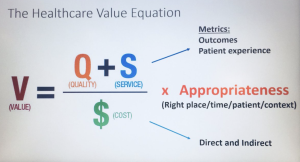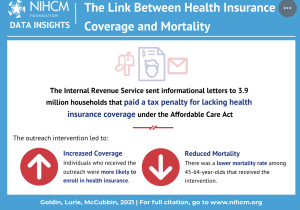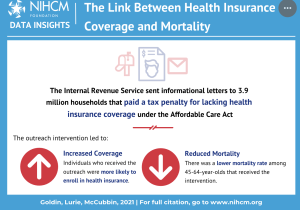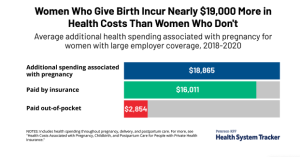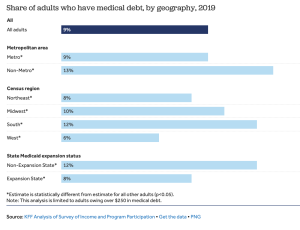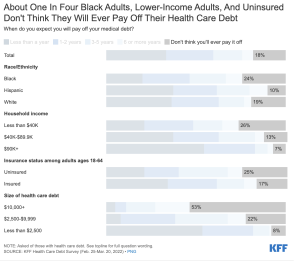I know – who woulda believed it?
Nothing like an end-of-the-year deadline and a looming change of power in the House of Representatives to motivate elected officials.
Here are the big items and what it means for you. Hint – work comp stuff is at the end…
- a bipartisan bill to greatly increase our ability to prepare for and deal with future pandemics will become law this week. The Prevent Pandemics Act was pushed by Democratic and Republican Senators…details at the link above.
This means – the Feds will be much better prepared, activities will be better coordinated, and (hopefully) fewer of us will be affected by the next pandemic. - Improvements to Medicaid are great news for new moms and infants, (quoting WaPo) including:
- allowing states to permanently extend postpartum Medicaid coverage for 12 months and
- barring children from getting kicked off Medicaid or the Children’s Health Insurance Program for a continuous 12 months
This means – kids will be healthier and off to a better start – with big time implications for their future (and ours)
- and good news for our fellow citizens in Puerto Rico...federal funding for Medicaid in the territory has been extended for 5 years, welcome news for an island that has been devastated by hurricanes and other weather-related disasters.
But all is not good news…the really dumb way we pay providers treating Medicare patients leads to unnecessary, counter-productive, and completely waste-of-time fist fights pretty much every year. Physicians face a 4.5% cut in Medicare reimbursement starting January 1st, and boy are they mad.
I doubt the entire 4.5% cut will go into effect…and the latest news indicates the cut will be 2% in 2023 with a smaller reduction in 2024.
What this means…
Work comp fee schedules tend to be driven or at least affected by Medicare’s fee schedule. States such as California will see an almost-immediate impact.

